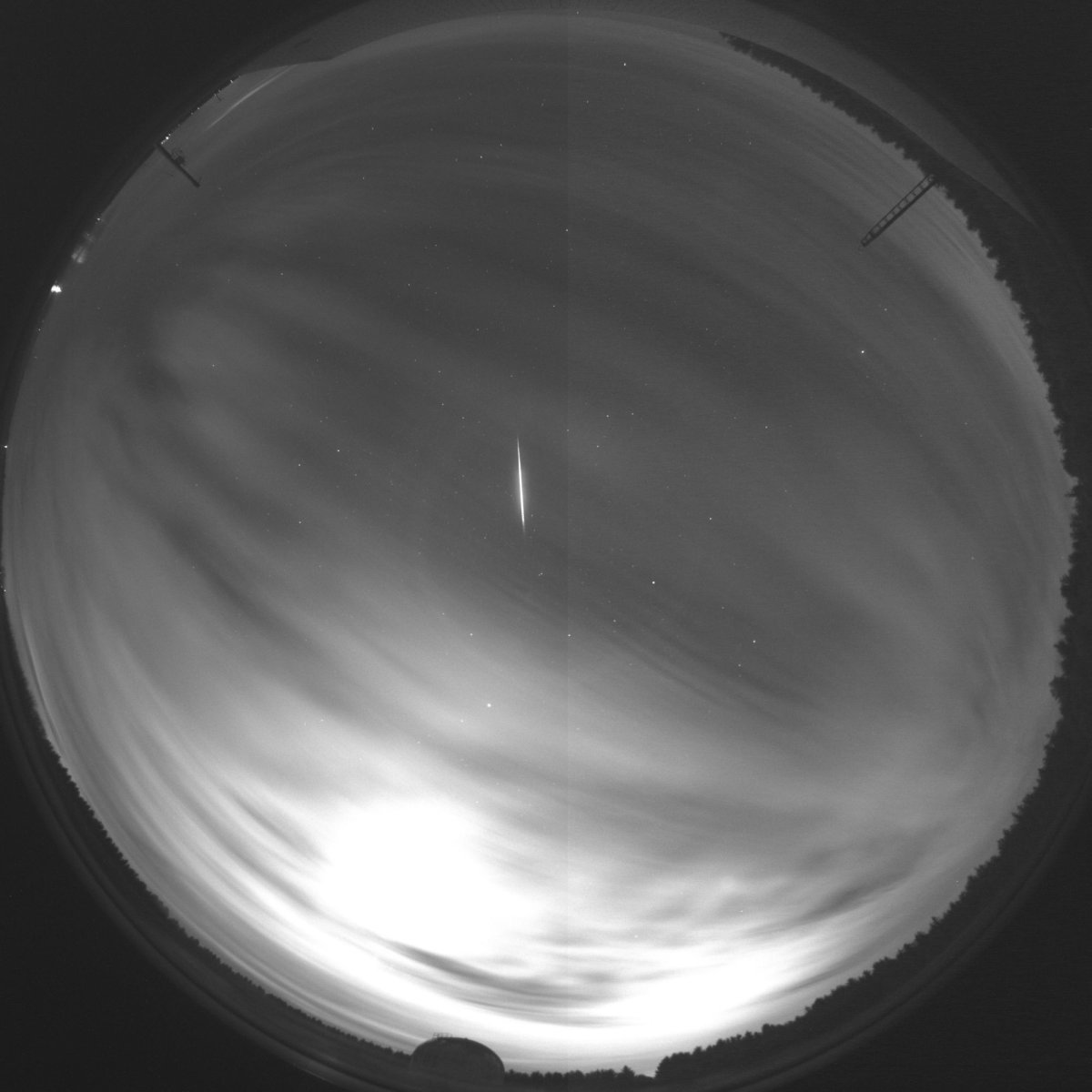Fanshawe Lake and farm fields near London International Airport are likely dotted with the tiny pea-sized remnants of a meteoroid that shot across the night sky on Sunday, officials with Western University’s Centre for Planetary Space and Exploration said Friday.

The meteoroid’s entry into Earth’s atmosphere occurred around 8 p.m. and was captured by Western-operated sky cameras in Elginfield and at Cronyn Memorial Observatory. The brief, bright spectacle lasted about four seconds before the piece of space debris broke up into two fragments about 40 kilometres up, officials said.
In a release, Western said the meteoroid was the size of a grapefruit and had a mass of about one kilogram. Originally from the asteroid belt located between the orbits of Mars and Jupiter, it roared into Earth’s atmosphere at 18 kilometres per second.
In a statement, Prof. Peter Brown, a meteor expert from the Centre for Planetary Space and Exploration, noted the rarity of seeing a meteoroid fall this far into the atmosphere before burning up — or for any meteorites to drop so close to an urban area.

Get daily National news
“What fell to Earth might be grape-sized at the very biggest, more likely pea-sized or mere dust,” Brown said. “We’re not apt to find anything and we’re not asking people to search, as we would for larger meteorites.”
Brown added Sunday’s fireball was the best test they’ve had so far of their new all-sky fireball camera which, at 50-million pixels in resolution, is among the highest-resolution all-sky fireball cameras currently in operation.
- Donald Trump claims B.C.’s ‘very large faucet’ could help California’s water woes
- Canada must speed up progress to hit its 2030 emissions target: report
- U.S. TikTok ban case pits free speech vs. national security. Which will win?
- A final, tragic text from doomed Titan sub revealed at Coast Guard hearing











Comments